A designer reveals the three ways the pandemic has changed kitchen design
A leading expert explains how the pandemic has shaped the way we now design our kitchens

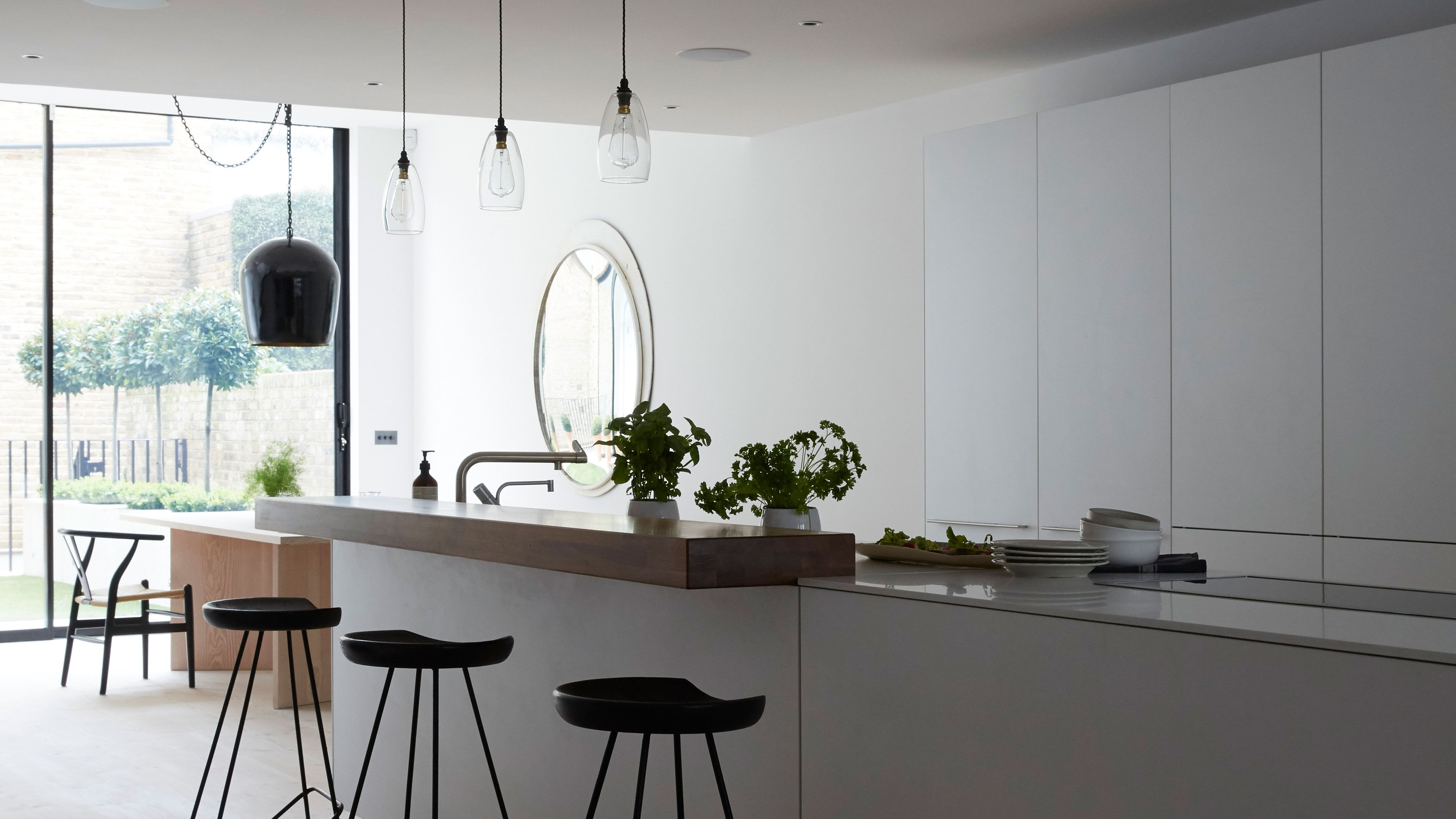
There is no doubt that the pandemic has had an impact on every area of our life and this includes kitchen design.
As we have spent more time indoors over the past year, the demands on kitchens have intensified. Not only is it a place for cooking, it has also become an area for a myriad of other activities including homeschooling, working from home and relaxing with family.
See more: The 15 best modern kitchen ideas - stylish, smart and chic
So from clever storage ideas to multi-functional areas, we expect the spaces to be more hardworking than ever before. Leading kitchen designer Oli Moss from Roundhouse Design reveals how the pandemic has affected what people now want from their kitchens.
1. Flexible multi-purpose space
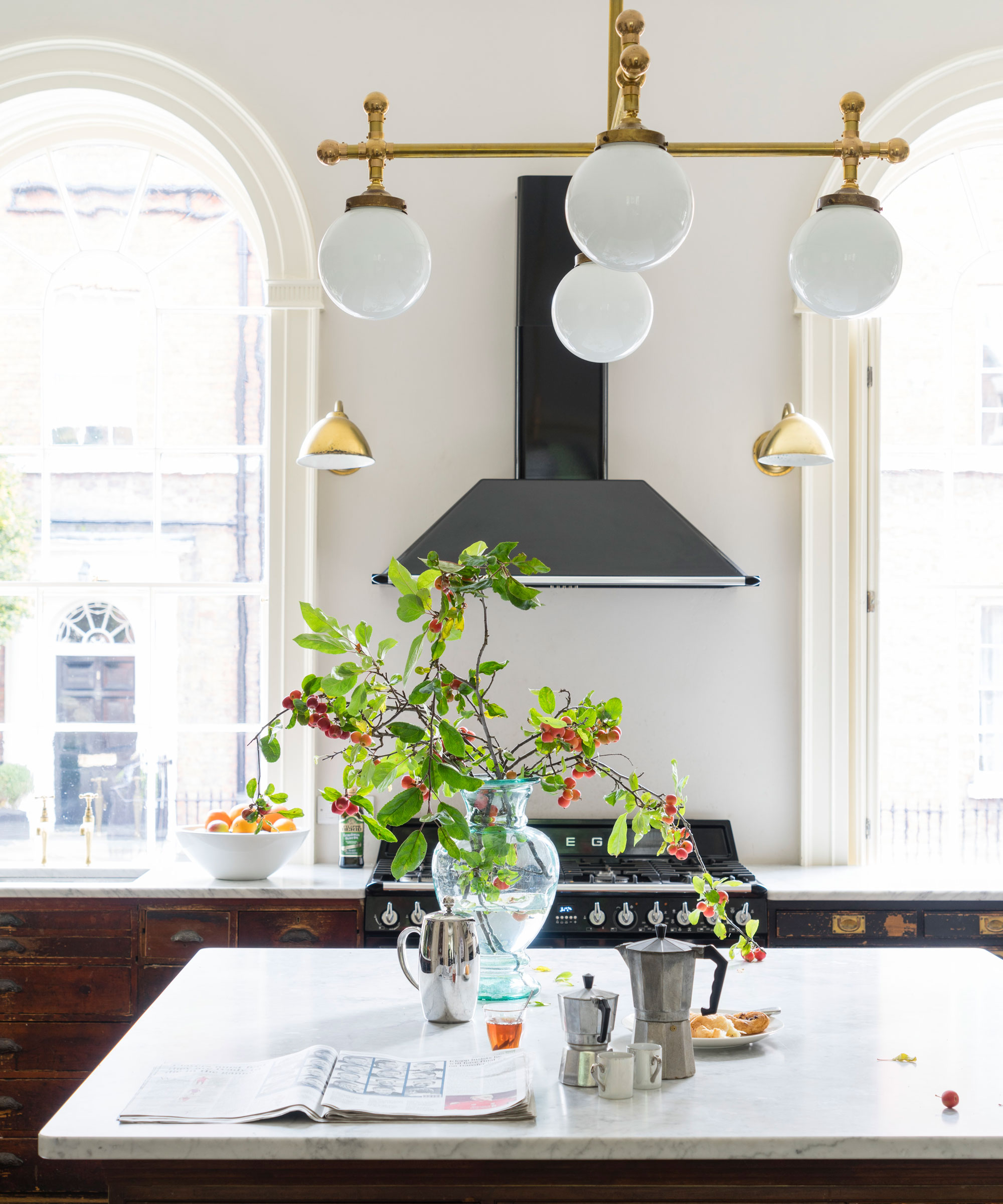
Kitchens have increasingly become a more central living space over the last few years, but that has changed dramatically over the last year, says Oli. 'The kitchen is no longer just a cooking area,' he explains. 'It is even more apparent since the pandemic where people are spending more time at home, so designing casual work and living space is more common.'
One of the biggest changes is that so many more people are working from home. However, as Oli explains, people don’t want to feel they are still at work when they have stopped working so it has become important to design a space that works for both functions.
'People want to create a calm place where work and home can easily and peacefully collide,' says Oli. 'This may be through creating clever storage to hide away laptops and notebooks at the end of the day or considering large islands where the family can work, eat, relax and play.'
The Livingetc newsletters are your inside source for what’s shaping interiors now - and what’s next. Discover trend forecasts, smart style ideas, and curated shopping inspiration that brings design to life. Subscribe today and stay ahead of the curve.
See more: Kitchen island ideas for modern homes
2. Clever food storage solutions
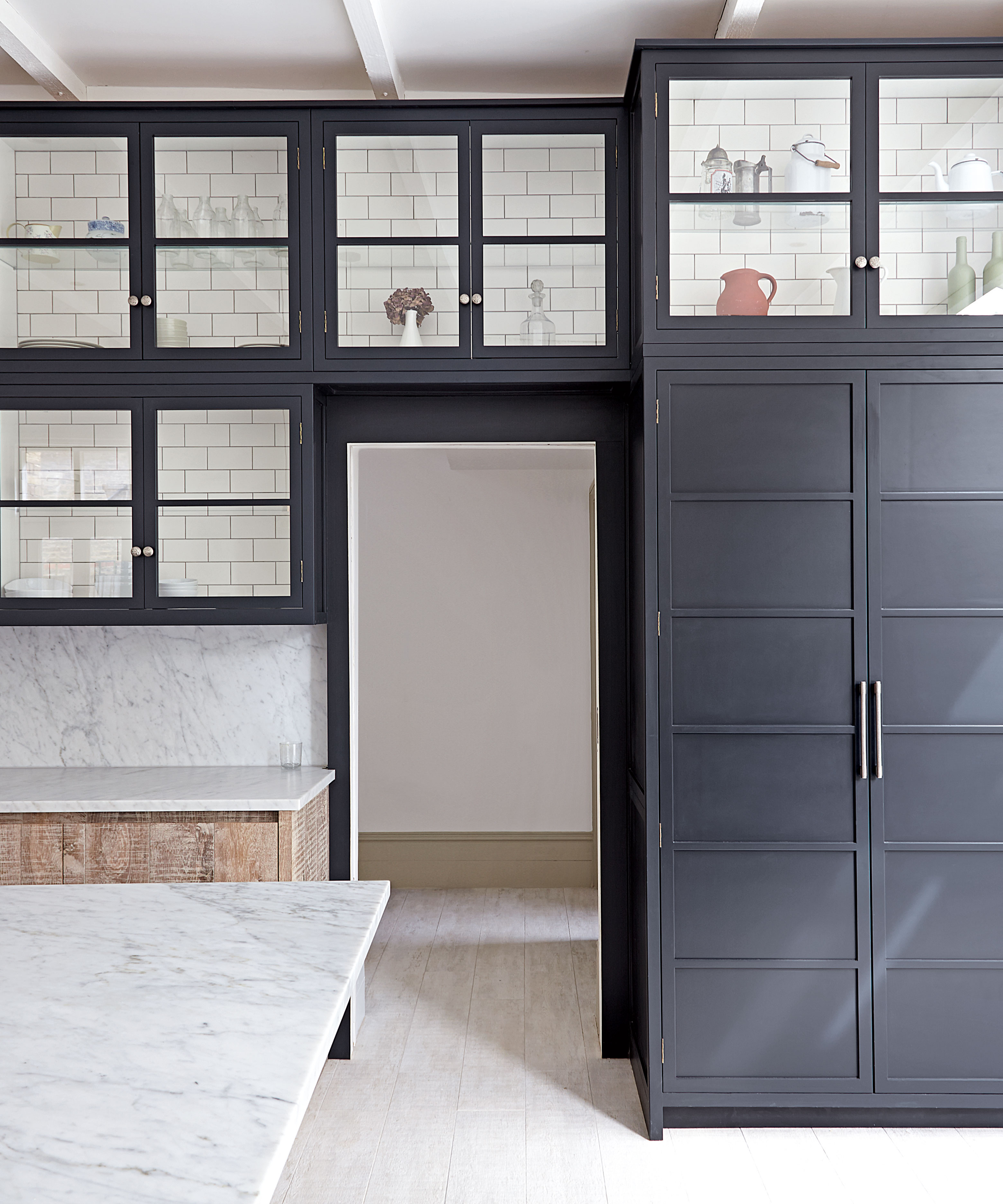
With more people at home for longer periods of time, effective food storage has become crucial. This has led to a boom in demand for walk-in kitchen pantries and other kitchen storage ideas.
'They are a real must-have at the moment, which is great,' says Oli. 'It allows for more creativity within the main kitchen design. Signature pieces of natural stone are also a real must-have with people wanting this designed into their space.'
3. Mixing texture and materials
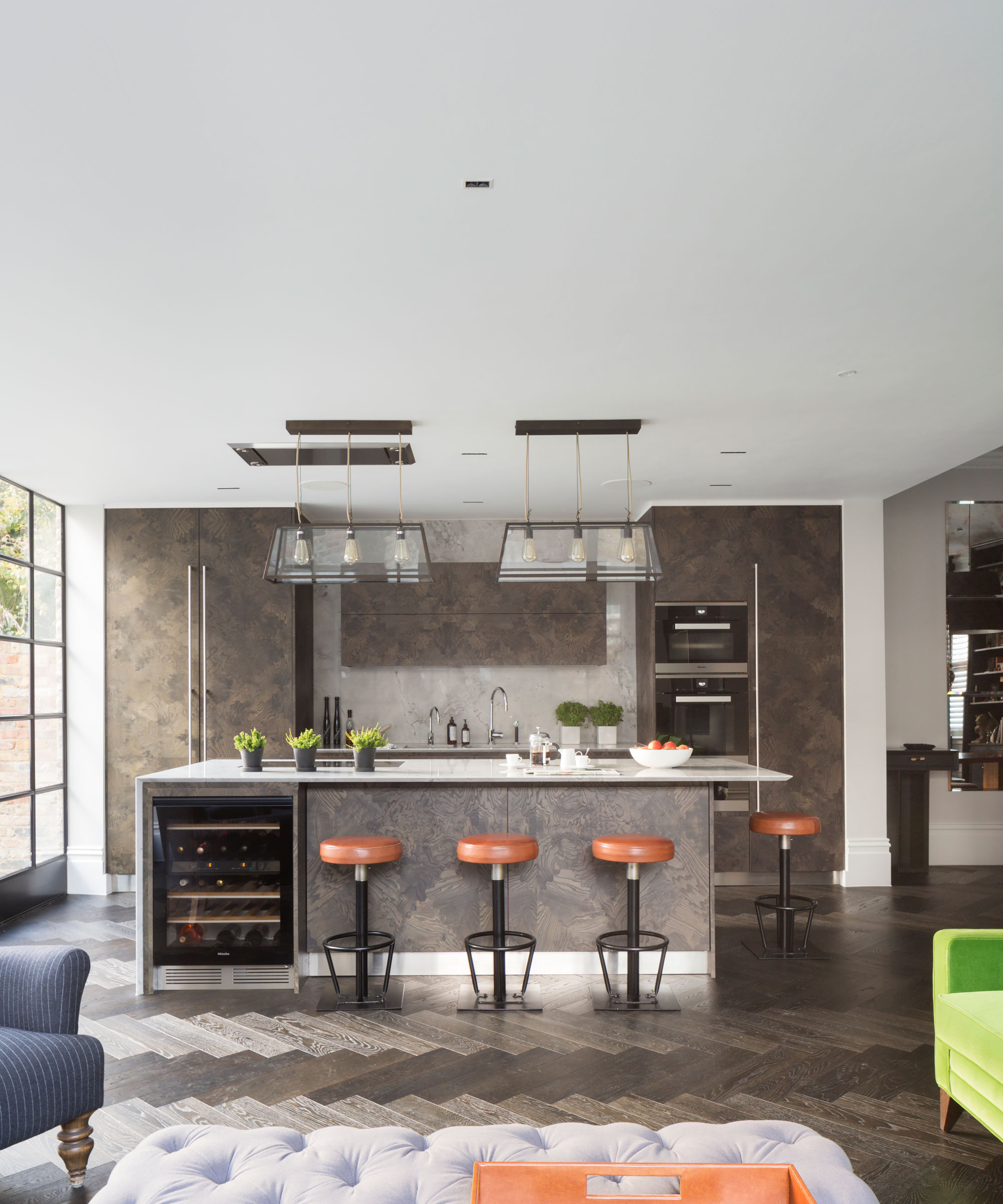
The pandemic has also meant a desire to avoid more clinical looks in the kitchen and bring in interest and different layers of texture.
'At Roundhouse, we are continuing to see the trend of mixing materials, styles, colors and textures… giving the ability to create contemporary furniture with a real, genuine warmth,' says Oli.
'We are also seeing a lot of ‘classical’ touches, for example with framed furniture but giving it a contemporary twist by using clever choices of colors and worktops, such as industrial ironmongery.'
'Worktops have evolved greatly over the last few years,' adds Oli. 'We are seeing a lot of different textured looks, with anything from honed and leathered finishes to natural-looking stones with marbles or natural quartzites.'
'We’re also seeing a real mix of different styles and finishes to cabinetry, with metal accents proving particularly popular.'
If you are interested to find out more about how the last year is impacting interior trends read 10 Ways Covid-19 is shaping design trends.
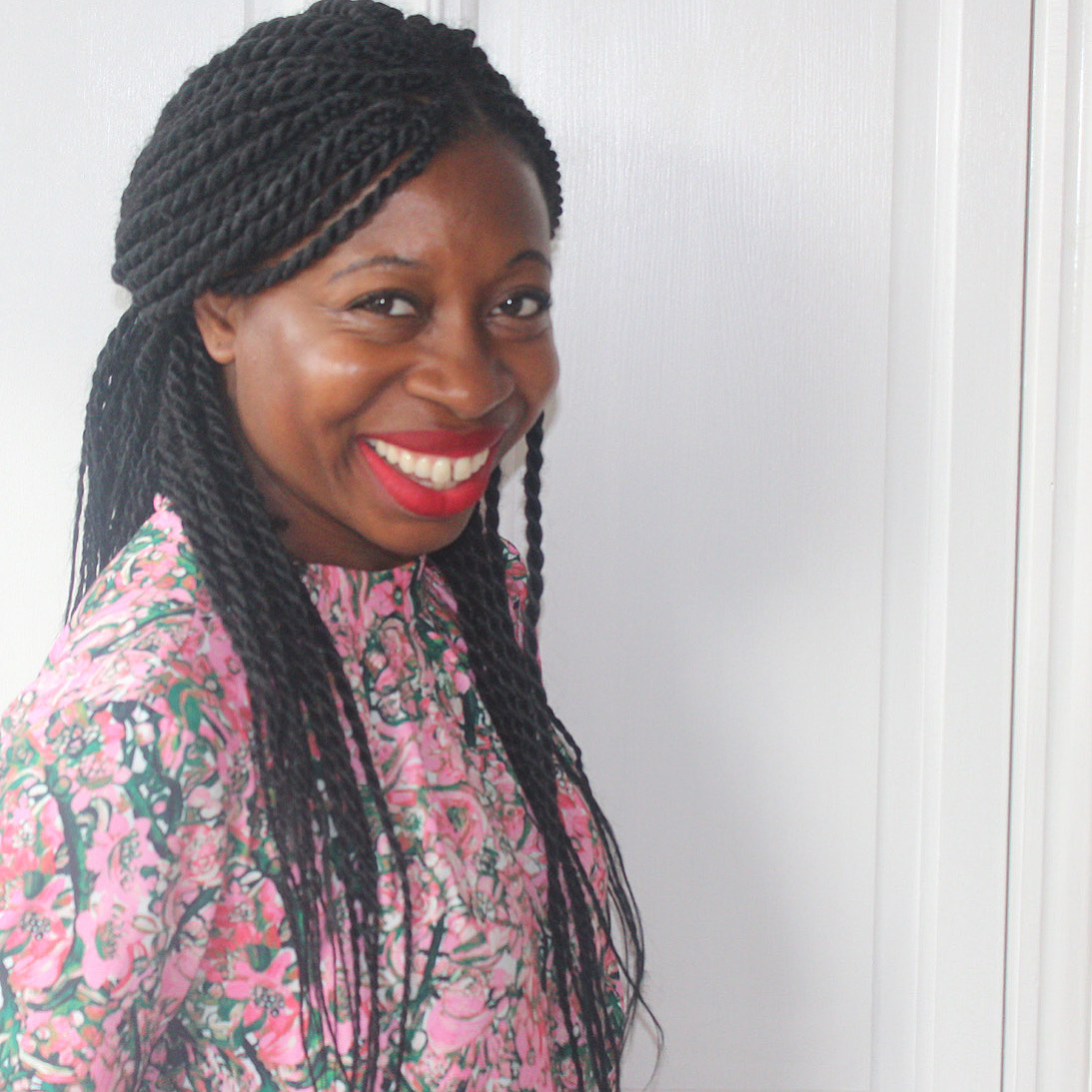
The former deputy editor of Livingetc, Busola Evans worked across both print and digital and specialises in kitchens, bathrooms and projects. She is an expert at explaining how to improve, extend and convert your home. Prior to her current role, she was Associate Editor on both Livingetc and Homes & Gardens. A journalist for more than 20 years, she has written for a number of newspapers and magazines including The Guardian, The Sunday Times Magazine and Grazia, and was an interiors columnist for the London Evening Standard's ES Magazine.